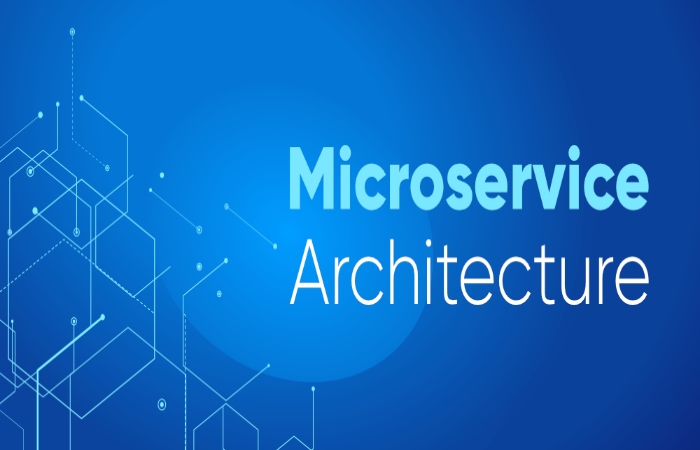Microservices Write for Us
Microservices are a software architectural style that structures an application as a collection of loosely coupled services. Each service is self-contained and performs a single function. Services communicate with each other through well-defined APIs.
- Decentralization
- Loose Coupling
- Autonomy
- Resilience
- Scalability
- Technology Diversity
- Continuous Delivery
Microservices Architectures offers several Benefits
- Scalability
- Resilience
- Agility
- Maintainability
- Complexity
- Communication
- Security
Overall, microservices architectures offer several benefits but have some challenges. The best architecture for a particular application will depend on the specific requirements of the application.
Here are some Examples of Microservices:
- Amazon Web Services
- Netflix
- Uber
- Etsy
- Start small
- Use a well-defined API
- Use a service discovery framework
- Use a monitoring tool
Challenges of Microservices
Complexity: Managing a distributed microservices system can introduce complexity, especially in communication, testing, and deployment.
Data Management: Maintaining data consistency and managing databases across multiple services can be challenging.
Service Discovery: Microservices need a way to discover and communicate with each other efficiently.
Monitoring and Debugging: Monitoring and debugging a distributed system can be more complex than a monolithic application.
Microservices have gained popularity due to their ability to foster agility, scalability, and continuous delivery in software development. However, they are not a one-size-fits-all solution, and teams must carefully consider the trade-offs and complexities before adopting this architecture.
Characteristics of a Microservices Architecture and Design
Microservices architecture consists of discrete components and services; their intercommunication and data exchanges create the functions of a complete application. Typical characteristics of a microservices design and architecture include the following:
- Unique
- Decentralized
- Resilient
- Use APIs
- Data separation
Microservices vs. Monolithic Architecture
In a monolithic architecture, all code is in one principal executable file. This can be tougher to troubleshoot, test, and update because of a problem in a code base located anywhere within the software. More and more extended testing requires due to the amount of monolithic code involved. Also, any small change or update in a monolithic application requires an organization to build and deploy an entirely new version of the application. Monolithic application development entails significant planning, preparation, time, and expense.
How to Submit Your Articles
To Write for Us, you can correspondence at To Submitting Your Articles for my sites is
Why Write for Techies Times – Microservices Write for us

Search Related Terms to Microservices Write for Us
- microservices
- microservices architecture
- what are microservices
- what is microservices
- microservices interview questions
- microservices in java
- microservices design patterns
- monolithic vs. microservices
- java microservices
- microservices vs. monolith
- microservices example
- monolithic vs. microservices
- monolith vs. microservices
- sea vs. microservices
- AWS microservices
- microservices java
- microservices vs. API
- microservices patterns
- what is microservices architecture
Guidelines for Article to Writing Microservices Write for Us

You can send your email to contact@techiestimes.com
Search Terms for Related Microservices Write for us.
- Microservices
- Microservice architecture
- Microservices development
- Microservices best practices
- Microservices examples
- Microservices benefits
- Microservices challenges
- Microservices vs. monolithic architecture
- Microservices patterns
You can also use more specific search terms, such as:
- Microservices for e-commerce
- Microservices for social media
- Microservices for banking
- Microservices for healthcare

